Karsten König
Saarland University | Saarbrücken, Germany
“In Vivo Skin Imaging with Femtosecond Lasers”

The first ultrashort laser scanning microscope was built in Jena in 1988 by ZEISS and the Friedrich Schiller University (FSU) using a picosecond dye laser and time-resolved single photon counting (TCSPC). We performed FLIM microscopy on porphyrins in living cells and live mice with that unique microscope. Shortly later, Denk, Strickler, and Webb introduced two-photon microscopy using a sub-picosecond dye laser. With the support of Coherent, we built the very fi rst two-photon microscope in Europe based on a modified LSM310 and the femtosecond laser Vitesse in the Institute of Anatomy II in Jena. Starting in
2000, a medical two-photon microscope termed “Multiphoton tomograph DermaInspect” was developed in Jena and tested at the FSU-Department of Dermatology. In 2003, the DermaInspect became the very first two-photon medical device. The tomograph provides high-resolution virtual skin biopsies and is used to detect skin cancer and to test anti-ageing cosmetics and pharmaceutical products. 10 years later, the second-generation-tomograph MPTfl ex based on the 80 MHz fs lasers Chameleon and MaiTai has been introduced. The MPTfl ex was upgraded with a CARS module for fast Raman imaging. I report on the development and application of the third-generation multiphoton tomograph MPTcompact based on an ultracompact 80 MHz femtosecond fi ber lasers at 780 nm with a laser head dimension of 18x9x3.5 cm3 integrated in the 360° measurement head. An optical arm and a water chiller are no longer required resulting in 50% weight reduction and 75% reduced power consumption (235 W). The novel PRISM AWARD 2024 winning tomograph can run on batteries and recharged with flexible solar panels. The multimodal tomograph provides label-free high-resolution (300nm) virtual biopsies based on horizontal and vertical sectioning down to the upper dermis in 0.2 mm tissue depth. Images include (i) confocal refl ectance microscopy images, (ii) two-photon autofl uorescence (AF) images of NADH and flavin coenzymes, keratin, melanin, and elastin, (iii) second harmonic images of the collagen network, (iv) autofluorescence lifetime images (FLIM) by TCSPC with 200 picosecond temporal resolution for optical metabolic imaging (OMI), an (v) white light images for dermoscopy. The tomograph has been tested in
multicenter studies on patients diagnosed with malignant melanoma as well as in the French and Japanese cosmetic industry. The tomograph has been used at the MGH in Boston to optimize skin treatment. Here we provide results of an OMI-FLIM study during oxygen inhalation. Specifi c single intratissue cells could be traced and checked for AF modifi cations with subcellular resolution for a period of four hours.
I. Bugiel, K. König, H. Wabnitz: Investigation of cells by fl uorescence laser scanning microscopy with subnanosecond time resolution. Lasers Life Sciences 3 (1989) 1-7.
W. Denk, JH. Strickler, W.W. Webb. Two-photon laser scanning microscopy. Science 6(1990)73-76.
K. König. Review: Clinical in vivo multiphoton FLIM tomography. Methods Appl. Fluoresc. 8 (2020) 034002.
K. König. Medical femtosecond laser. J. Eur. Opt. Society-Rapid 19 (36) (2023) 1-9.
K. König. Multimodal Multiphoton Tomography with a Compact Femtosecond Fiber Laser. Journal of Optics and Photonics Research. 1(2024)51-58.
